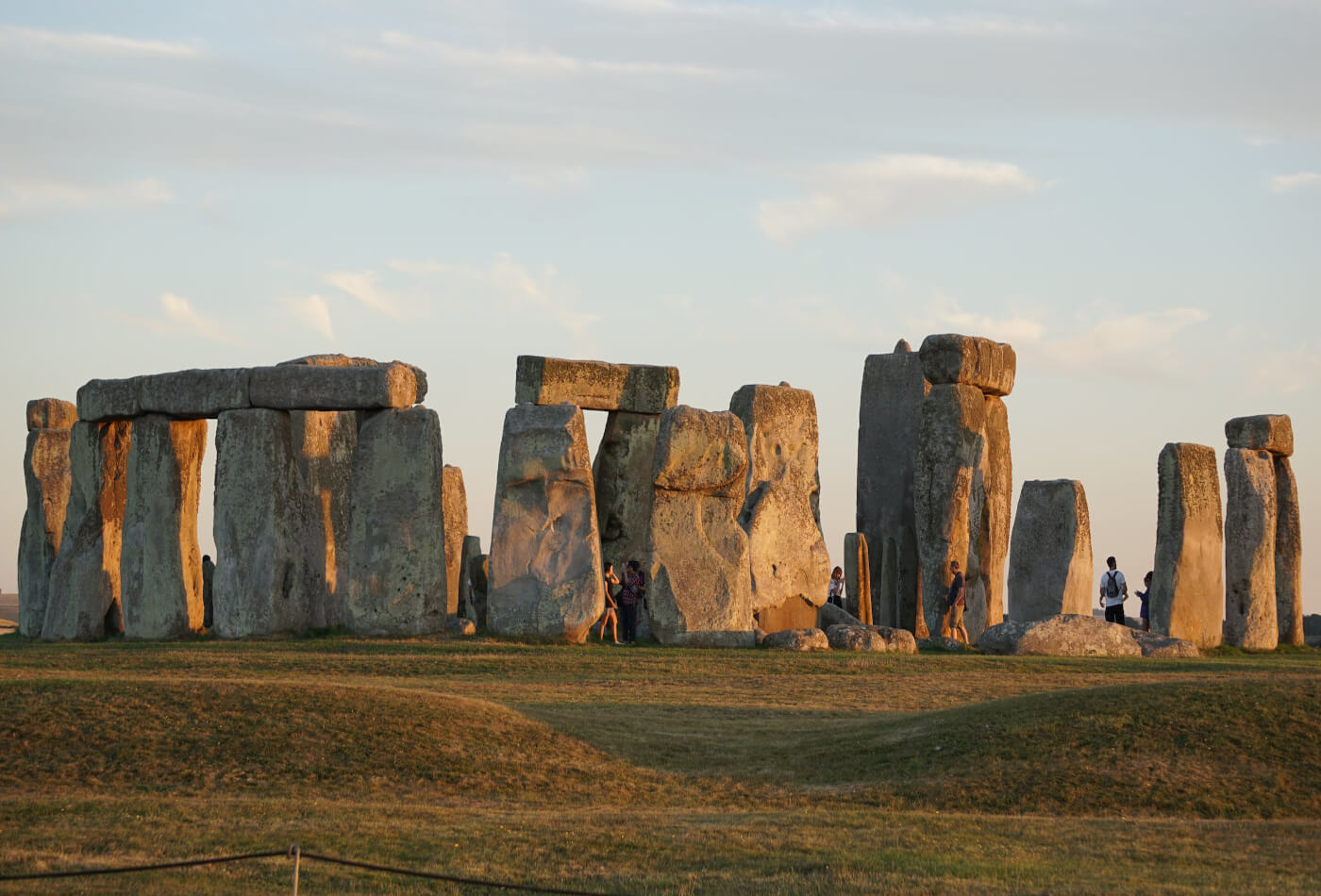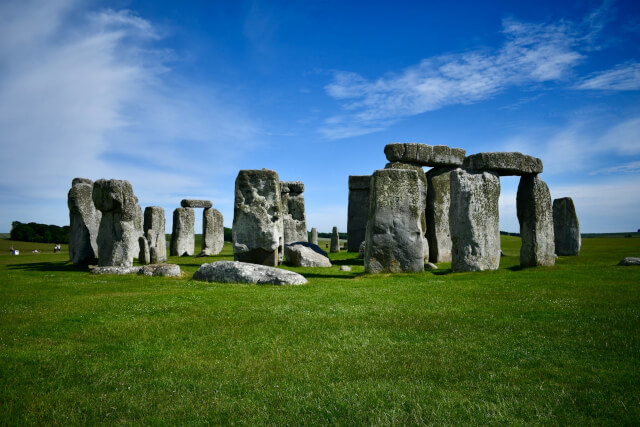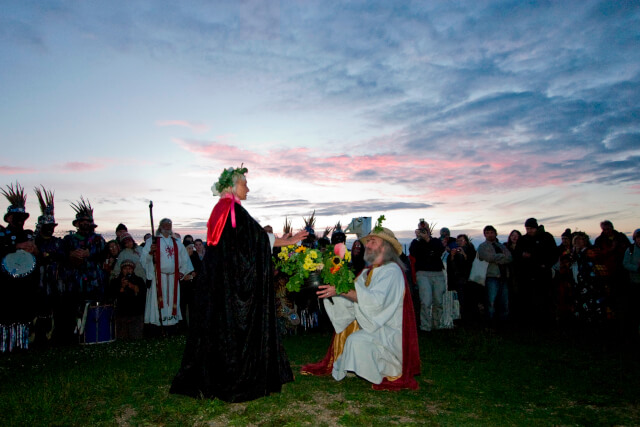Lacock Abbey: Everything you need to know!
Lacock Abbey offers a magical experience for history buffs and Harry Potter fanatics. Discover a mix of medieval architecture...

Many people around the globe are preparing to celebrate the Summer Solstice at Stonehenge. This spiritual festivity praises fertility, and renewal in the beautiful Wiltshire countryside.
For an unforgettable experience, head to Stonehenge in Salisbury this Summer. With a rich history and spiritual significance, there is something for everyone.
Whether you’re a seasoned solstice observer or a curious newcomer; here you can find out everything you need to know about Stonehenge’s Summer Solstice.
Continue reading to learn more…

Yes! Just about anyone can attend this astronomical event. From pagan groups to tourists and families, there’s people from all walks of life. Unlike other times of the year, during the Summer Solstice you can gain access to the English Heritage site.
View this post on Instagram
Heaps of people flock to Stonehenge for the Summer Solstice on the third week in June. This special festival starts with watching the sunset on the 20th of June. The longest day of the year then occurs on the 21st of June, a mixture of spirituality and celebration.

The Stonehenge monument site is free to enter on the morning of the Summer Solstice. The exact time of sunrise varies by year, but people gather early in the morning.
For thousands of years, Stonehenge has commemorated this astronomical event. It was a significant ritual event for those who built the monument.
During the summer solstice, visitors to Stonehenge can join in a variety of activities. From meditation and music to various other spiritual and cultural ceremonies.
It is worth noting that people do not only gather at Stonehenge during the Summer Solstice. The site is also a popular winter solstice destination, as well as other festivals and events held throughout the year.
View this post on Instagram
The Stonehenge’s Summer Solstice is an unforgettable experience. For one, it’s an opportunity to witness the magic of the longest day of the year at one at an ancient monument. And being in the presence of these massive standing stones is inspiring.
Throughout the Summer Solstice, the earth’s axis is tilted at its closest point to the sun. Therefore, the sun is at the highest point in the sky, casting a beautiful glow through the stones.
Stonehenge attracts thousands of visitors from all over the world during the Summer Solstice, with many staying nearby the night before to catch the sunrise. The atmosphere is unique, with people from all walks of life gathered to commemorate the occasion.
View this post on Instagram
Stonehenge is a prehistoric monument in Wiltshire, England, built in 2500 BC. The sun rises directly over the Heel Stone, which is outside the main circle of stones, and this alignment is intentional.
The Summer Solstice dates back about five thousand years to the Neolithic time. This was a period when people were deeply connected to natural cycles.
During this period, people gathered here in midwinter, as well as midsummer and performed rituals. Here, everyone would celebrate the change in the season, particularly the warmer days and lighter nights.
Another fascinating fact about Stonehenge is that it in 1986, it was one of the first UNESCO WORLD Heritage Site in the UK.
View this post on Instagram
The Neolithic calendar was a useful tool for early humans as they transitioned to a more settled way of life. It allowed them to monitor the passage of time and record important events in the agricultural cycle. These events included planting and harvesting.
The summer solstice is especially important at Stonehenge because it is the day when the rising sun aligns with the Heel Stone and shines directly into the centre of the stone circle. Thus creating a stunning visual effect.
View this post on Instagram
Watching the sunrise at Stonehenge during the summer solstice is a mystical experience for many. Thousands of people have come together, creating an electric atmosphere. As the sun starts to rise over the horizon and the stones begin to glow in the early morning light, the excitement grows.
The light filters through the stones as the sun rises higher in the sky, casting shadows and producing a mesmerising play of light and shade. People drumming, chanting, and singing contribute to the mystical atmosphere by generating a feeling of unity and connection.
1. Stonehenge’s stones are thought to have been transported from quarries in Wales, which is more than 150 miles away. There is no evidence of wheels or other transportation methods being used at the time, so it is still unclear how the stones were transported to the location.
2. The stones are bigger than they appear! Parts of the stone is underground, so its impossible to visualise how tall it actually is. The tallest stone measures 8.71 metres, from top to bottom. To comprehend the size of this, imagine a 28 foot double lorry!
View this post on Instagram
3. Another exciting fact about Stonehenge is that 1,5000 Roman artefacts have been discovered at Stonehenge. These include jewellery, pins, coins, and old shards of pottery.
4. In 1797 a trilithon fell down and needed to be repaired, and then later in 1900 the outer circle fell too.
5. And finally, and most interestingly, the stones have healing powers. They are otherwise known as ‘ringing rocks’, which have acoustic elements when they vibrate.
On the summer solstice, you can’t approach the stones at Stonehenge. Even though it is a popular time to visit, the area surrounding the monument is cordoned off to protect the stones.
However, you can still participate in the celebrations and observe the monument from a designated area close-by.
View this post on Instagram
Expect a mass crowd of around 10,000 people! Many people regard it as a once-in-a-lifetime experience that is truly unique.
Has this guide to Summer Solstice at Stonehenge inspired you? Don’t miss out on an incredible opportunity to reconnect with nature, history and yourself. Secure one of our wonderful Wiltshire holiday cottages today.